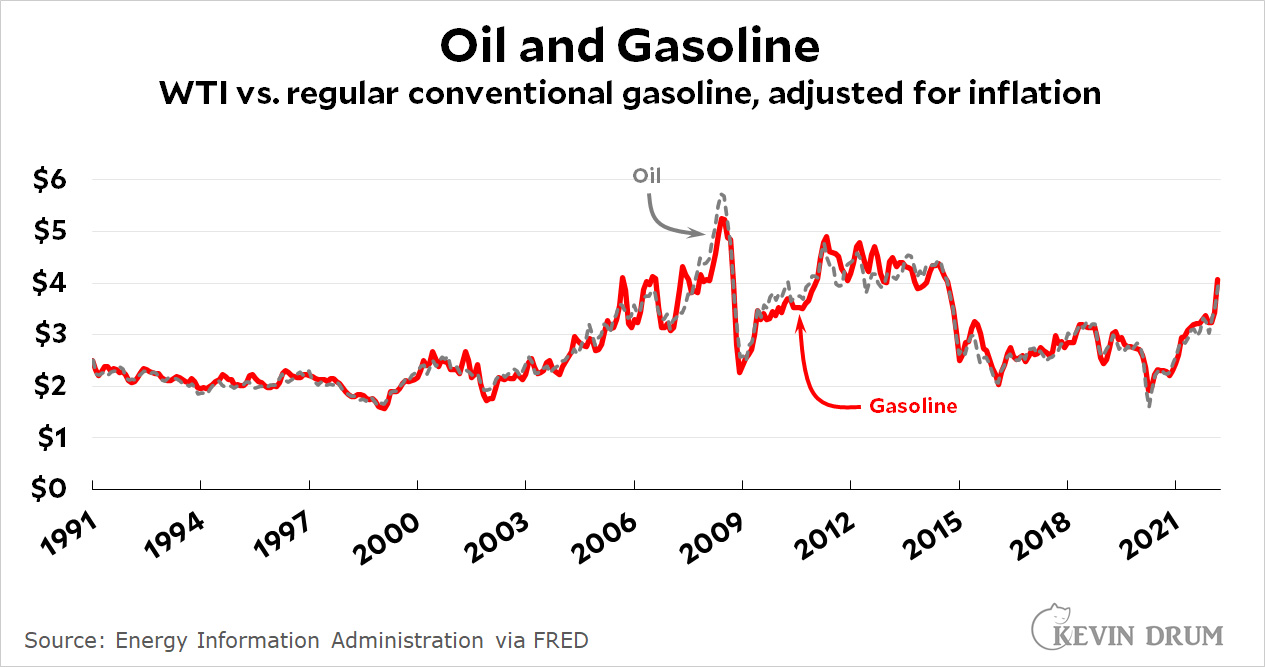I love liberal fights over Obamacare:
Almost no writer on the left actually understands the ACA. Adding the individual mandate significantly increases the CBO cost of the law. This is why the GOP used repeal of it as a pay for in their reconciliation bill. https://t.co/IQqEDr0zCb
— Jon Walker (@JonWalkerDC) April 7, 2022
It's true that the individual mandate increased the cost of Obamacare. However, far from being a bad thing, this was due to a belief that the mandate would increase the number of people with insurance. That's a good thing.
In theory, anyway. The question is whether the mandate really did increase the number of people who purchased health insurance, and the evidence on that score is mixed:
- On the one hand, when the mandate was repealed nothing much happened.
- On the other hand, repeal happened several years after Obamacare started up. By then people were used to the idea that they had to buy insurance, and that might be why they kept on doing it. There's no telling what would have happened if the mandate hadn't been around in the first place.
There's a common belief in progressive circles that the individual mandate was just plain old idiocy and Obama should never have listened to the wonks. But the wonks aren't idiots, and there are solid reasons for thinking that a mandate is a good idea. We still don't know for sure.




